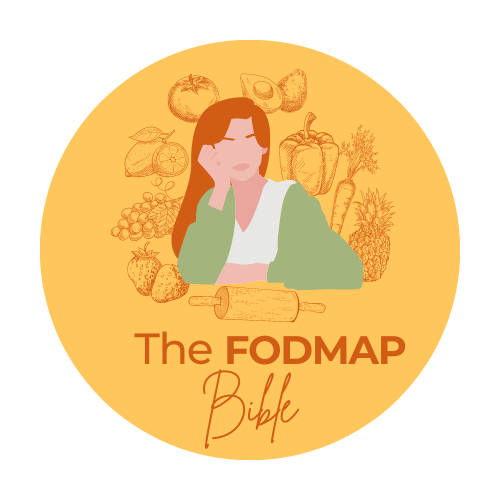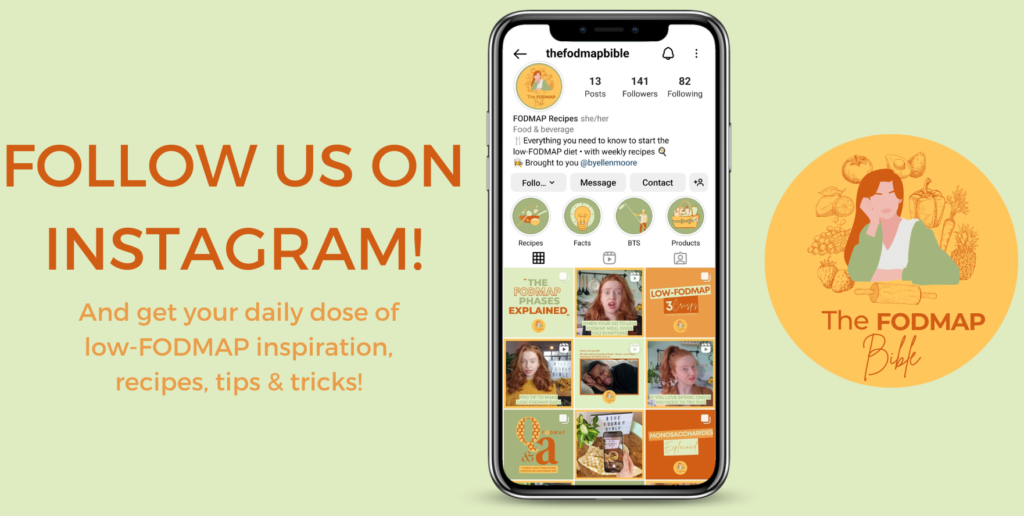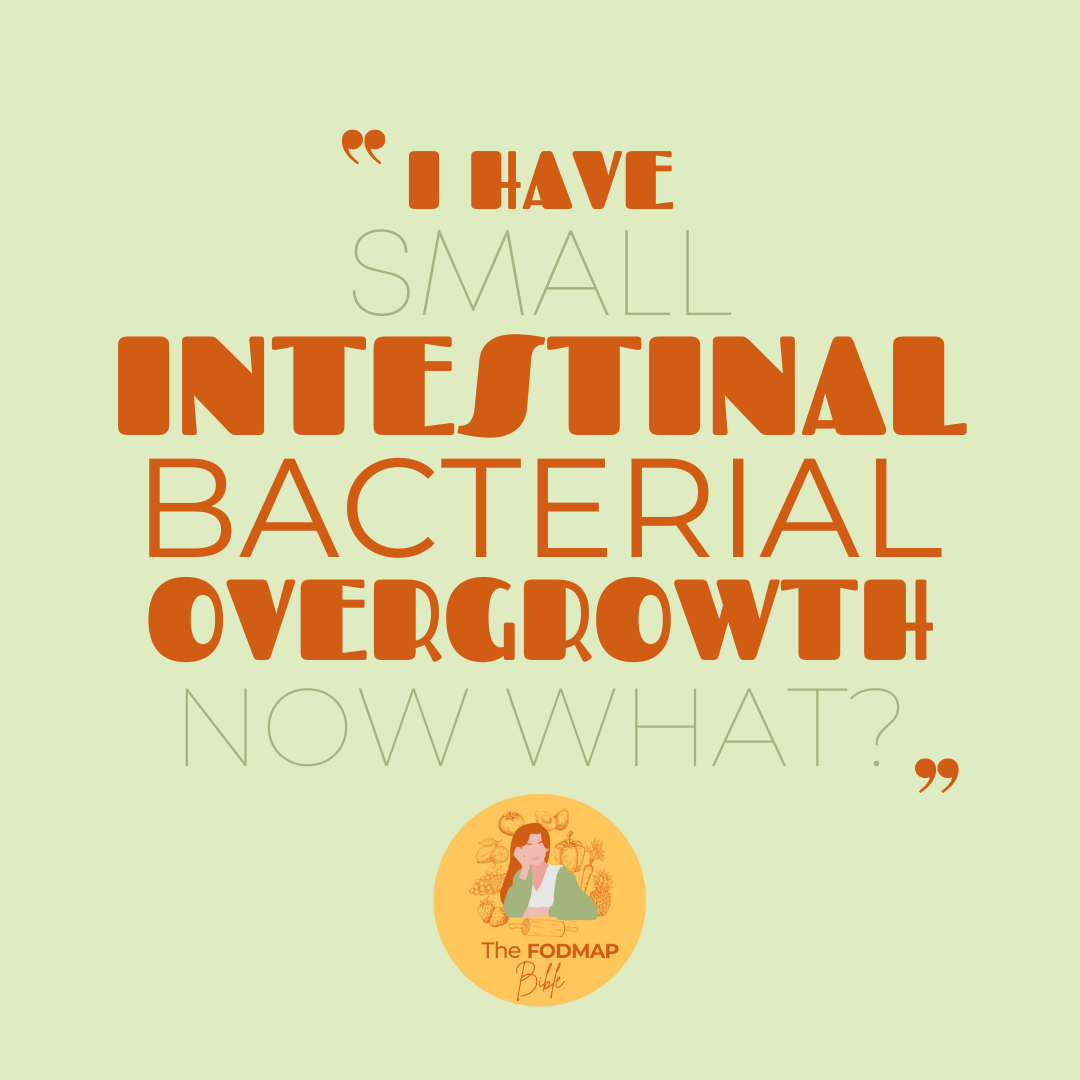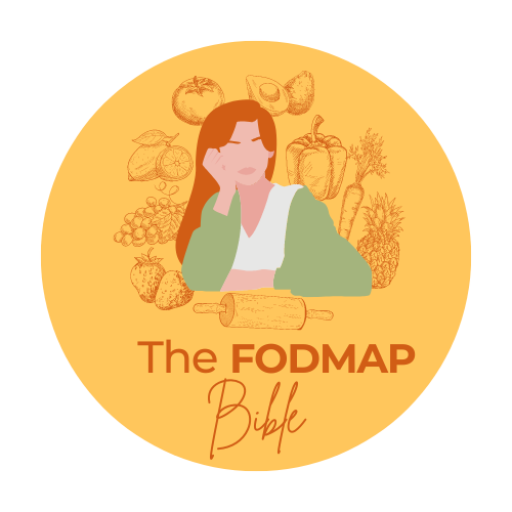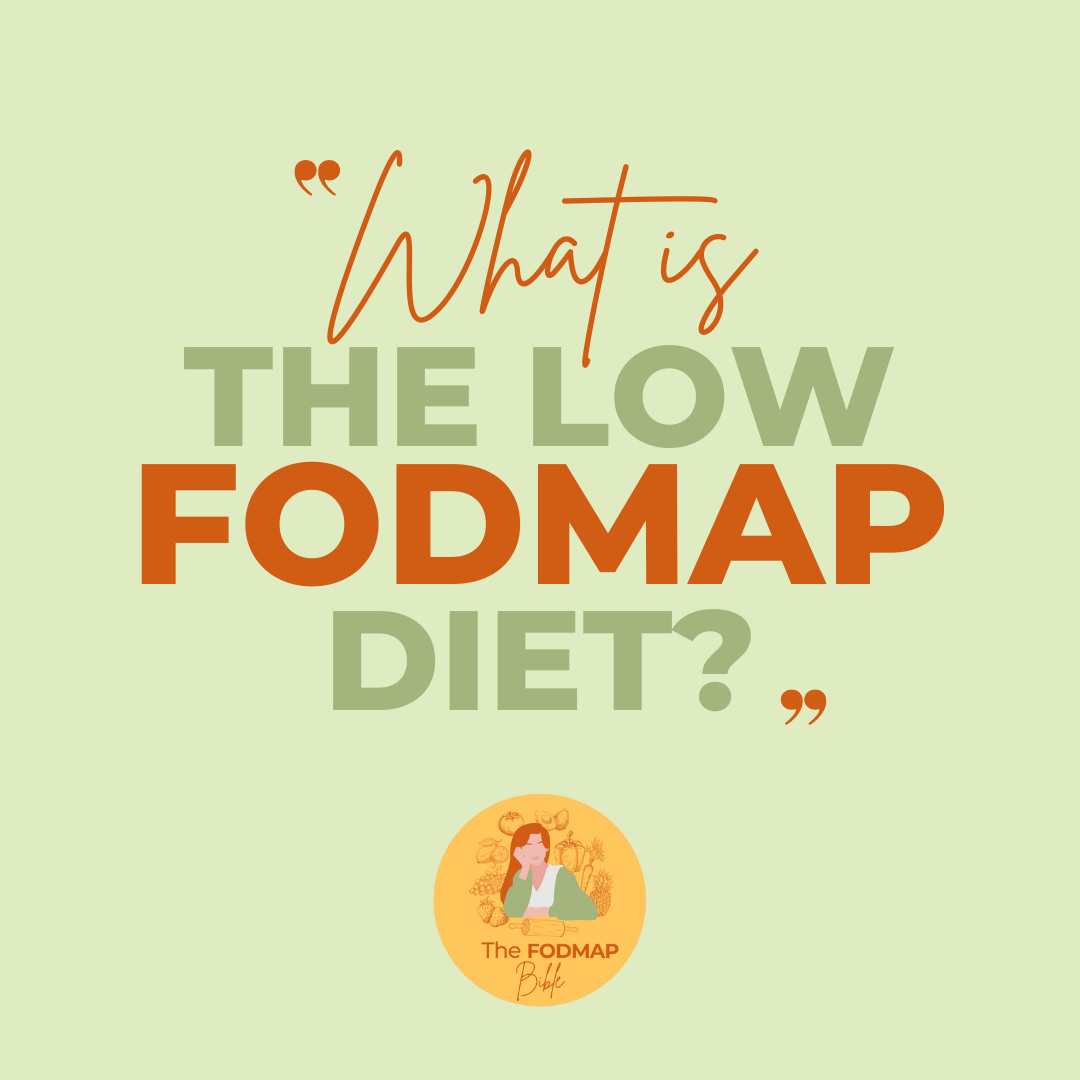
What Is The Low-FODMAP Diet?
FODMAP stands for…
F ermentable
O ligosaccharides
D isaccharides
M onosaccharides
A nd
P olyols
These are the names of a variety of short-chain carbohydrates which are poorly absorbed and rapidly fermented by the gut bacteria, in the gastrointestinal system of people suffering from Irritable Bowel Syndrome (IBS) and / or Small Intestinal Bacterial Overgrowth (SIBO).

The categories
The term FODMAP was coined to give a name to 4 categories of short-chain carbohydrates which all irritate the gut, one way or another. These are:
1. Oligosaccharides;
2. Disaccharides;
3. Monosaccharides;
4. Polyols
Two of these four categories are umbrella terms: oligosaccharides and polyols. In total there are six types of short-chain carbohydrates that irritate the gut, causing the symptoms named above. These categories are:
• Fructose;
• Lactose;
• Galactoligosaccharides;
• Fructans;
• Sorbitol;
• Mannitol.
Fructose is a monosaccharide.
Lactose is a disaccharide.
Both galactoligosaccharides and fructans are oligosaccharides.
Both sorbitol and mannitol are polyols.
The four categories – below on the left – are important to remember, because together they form the name of this diet: FODMAP.
However, the six categories – below on the right – are even more important to remember, because these categories are the ones we will be referring to most often, as these are the six categories that cause your symptoms.
The reason why all of these complicated names and categories are important to know, is because one might get symptoms from all polyols, but one might also only get symptoms from one of the polyols.
For example, when you only get symptoms from mannitol and not from sorbitol, there would be no need to cut out all polyols from your diet. In that scenario, it would be better to only cut out mannitol.
But how do you know which FODMAP’s you do tolerate and which FODMAP’s you don’t tolerate? Well, that’s what the phases of the low-FODMAP diet are for.
The phases
The low-FODMAP diet consists of 3 phases:
1. The low-FODMAP phase
During this phase you only consume low-FODMAP foods.
This phase is temporary and meant to stabilize your symptoms, in preparation for reintroduction.
2. The reintroduction phase
During this phase you test each of the 6 FODMAP’s (fructose, lactose, fructans, galactoligosaccharides, sorbitol and mannitol) one-by-one. Over the course of three days, you gradually increase the portion size of the FODMAP you consume – to figure out which FODMAP’s do give you symptoms and which don’t.
3. The personalization phase
During this phase you reintroduce the foods you do tolerate, while leaving out the foods you don’t tolerate. Finding your new balance! This means the personalization phase will result in different diet restrictions for different individuals – depending entirely on your personal tolerance to the six FODMAP’s.
Concluding
FODMAP’s are short-chain carbohydrates that irritate the gut one way or another.
During the first phase of the low-FODMAP diet, you restrict the intake of any and all FODMAP’s.
During the reintroduction phase of the low-FODMAP diet, you learn which FODMAP’s you do and do not tolerate.
During the personalization phase, you figure out a way of eating which integrates the FOMDAP’s you tolerate, while avoiding those you don’t – in order to restricts as little food as possible, while steering clear of that which causes you symptoms.
It’s important to remember that the low-FODMAP diet is not permanent and unlike the term diet might suggest, this is not a diet which aims for weight loss. The low-FODMAP diet is a medically induced diet, that should only be started after a doctor advised you to do so and should only be followed under close supervision of a medical professional.
Want to know more about all things low-FODMAP? Follow us on Instagram & TikTok @theFODMAPbible – for recipes, inspiration, explanations and loads of advice on how to make your life on the low-FODMAP diet as enjoyable as it would have been without. Trust me: you won’t regret it, pinky promise!
We hope to see you on our socials 🙂

Please note that we are NOT doctors & we do NOT provide any medical advice
If you’re struggling with symptoms – that could potentially be a gastrointestinal disorder like Irritable Bowel Syndrome (IBS), Inflammatory Bowel Disease (IBD) or Small Intestinal Bacterial Overgrowth (SIBO) – we strongly suggest for you to seek medical help and recommend you to reach out to a healthcare professional, who can offer you the right guidance.
We want to emphasize that the low-FODMAP diet is a medically induced diet, that should be started only when a doctor diagnosed you with a gastrointestinal disorder and should always be done under strict supervision of a specialized dietician or other healthcare professional.
Nonetheless, we maintain strict policies when it comes to the prevention of spreading fake news. Our posts are written by research journalist @byellenmoore and are based upon both scientific research and her own personal experiences with being on the low-FODMAP diet, as a patient suffering from Irritable Bowel Syndrome (IBS). We share what we know, to give you a better understanding of that from which you suffer, in order to make your journey – going low-FODMAP – a little bit easier!
